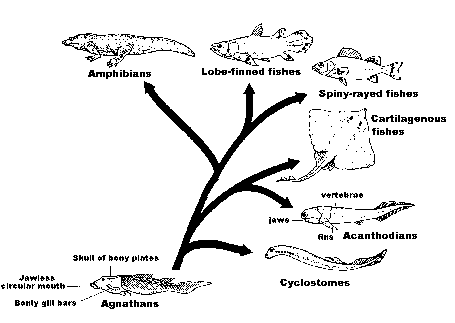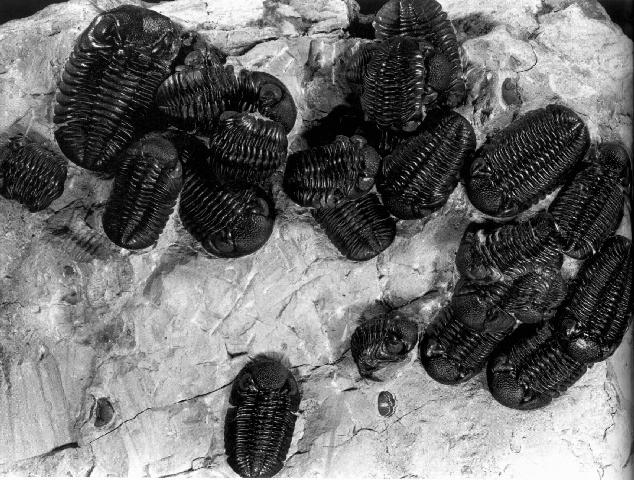

Dawkins
(1986) illuminates this attempt when he describes a point G. Ledyard
Stebbins, a noted American evolutionary biologist made: «
(Stebbins) ... is just seeking to dramatize the speed with which
evolutionary change can happen, when seen against the timescale of
available geological time. He imagines a species of animal, of about
the size of a mouse. He then supposes that natural selection starts
to favour an increase in body size, but only very, very slightly.
Perhaps larger males enjoy a slight advantage in the competition for
females. At any time, males of average size are slightly less
successful than males that are a tiny bit bigger than average.
Stebbins put an exact figure on the mathematical advantage enjoyed by
larger individuals in his hypothetical example. He set it at a value
so very very tiny that it wouldn't be measurable by human observers.
And the rate of evolutionary change that it brings about is
consequently so slow that it wouldn't be noticed during an ordinary
human lifetime. As far as the scientist studying evolution on the
ground is concerned, then, these animals are not evolving at all.
Nevertheless they are evolving, very slowly at a rate given by
Stebbin's mathematical assumption, and even at this slow rate, they
would eventually reach the size of elephants. How long would this
take? Obviously a long time by human standards, but human standards
aren't relevant. We are talking about geological time. Stebbins
calculates that at his assumed very slow rate of evolution, it would
take about 12,000 generations for the animals to evolve from an
average weight of 40 grams (mouse size) to an average weight of
6,000,000 grams (elephant size). Assuming a generation time of 5
years, which is longer than that of a mouse but shorter than that of
an elephant, 12,000 generations would occupy about 60,000 years. «

A
superbly preserved group of trilobites, clearly a sudden mass burial
of living animals. This is possibly a mating assemblage of
Phacops rana. From the Silica Shale of Sylvania, Ohio
Any one of us would agree that any two animals who differed by 5,999,960 grams are (literally) enormously different. Thus we can see how a seeming insignificant and trivial difference, when subjected to natural selection, can accumulate a large scale evolutionary change. How significant a period of time is 60,000 years? Dawkins goes on to state «60,000 years is too short to be measured by ordinary geological methods of dating the fossil record. As Stebbins says, «The origin of a new kind of animal in 100,000 years or less is regarded by paleontologists as sudden or instantaneous».» Let us then define the 100,000 year geologic instant as one of our «evolutionary units» with the realization that such a geologic instant is entirely sufficient for a large scale evolutionary change. How many such units have there been in the history of life? In 3.5 billion years, there have been 35,000 evolutionary units.